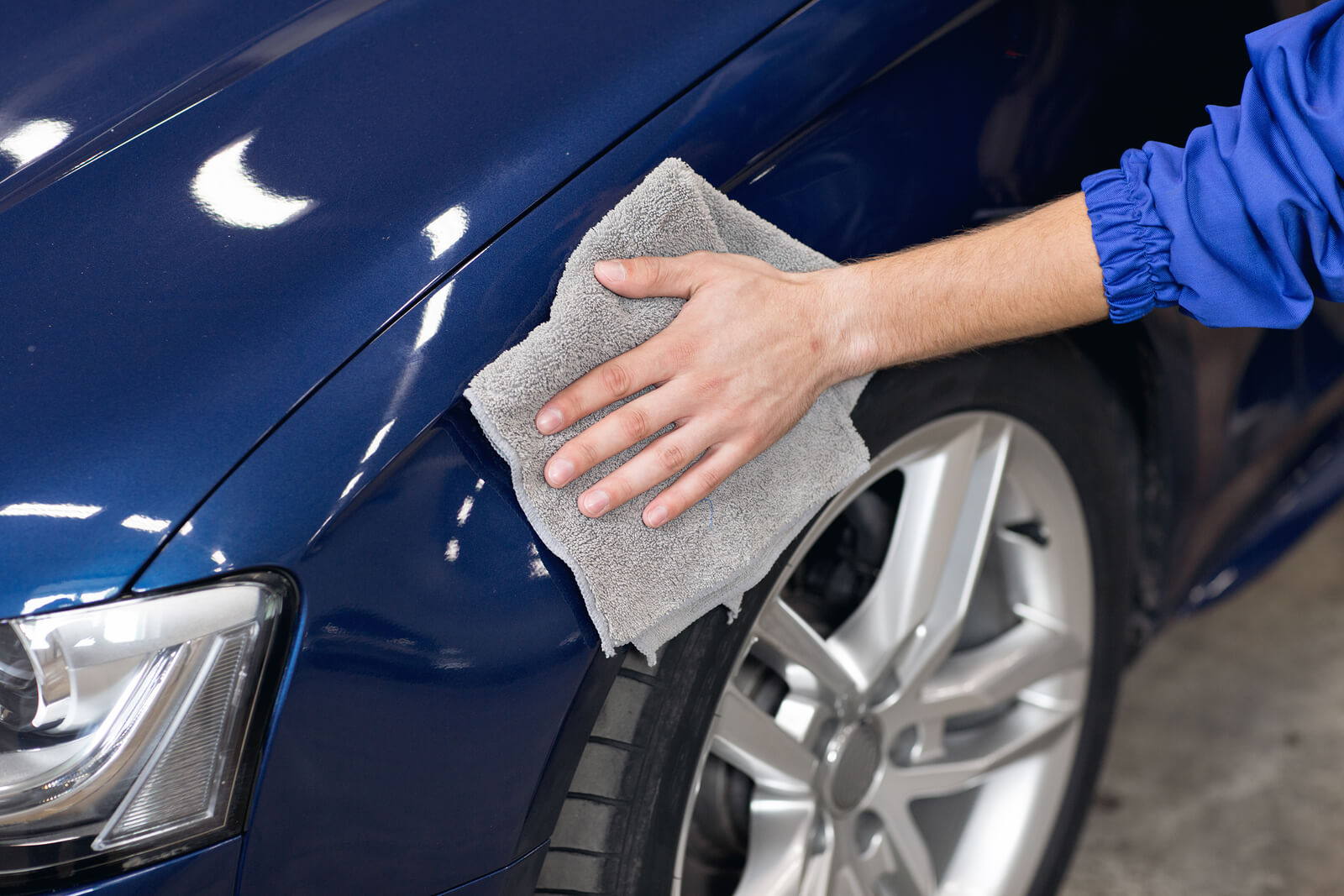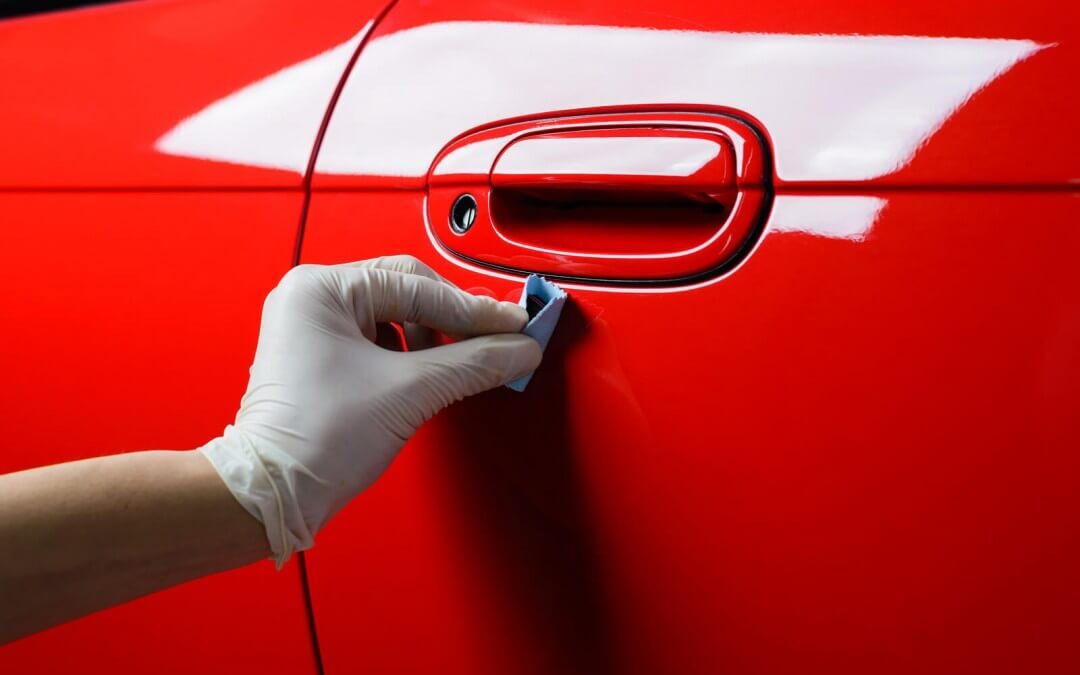Did you know even the seemingly complex winter automobile malfunctions are avoidable? You only have to implement a few practical and relatively inexpensive preventative measures. Just like you won’t step out briskly to face the less than mild winter weather without a winter jacket, to say the least, your car also needs preparedness to bear the winter weather. Such involves a thorough inspection to ensure it is in a perfect working condition and adjustments where necessary. Nevertheless, here are the three key areas you should concentrate on when winterizing your car.
- Winterize the car engine
The engine falls among the list of most essential parts of the vehicle’s performance as it determines how smoothly you go about your daily obligations. Primary engine performance determinants lie in the quality of oil and flow of gas within the different combustion units.
Therefore, consider having a professional mechanic check the quality of your engine oil and if it needs replacement. Regardless of the state of the oil, it is advisable that you have the oil changed to winter-friendly engine oil that has the lowest freezing point. Additionally, you are advised to keep your fuel tank always full to reduce the chances of moisture trapped therein from icing.

- Winterize the car exterior
Accumulation of snow and other debris from the overcast and constant snowstorms has the effect of corroding the paint and car under. External winterization, therefore, has to take into consideration every aspect of the motor vehicle exterior including the paint, windows, tires, and the car under as well as the wipers.
Preparing your car exterior for winter will primarily take several forms. You will need to purchase winter rinsing water for cleaning your windscreens after a massive storm as well as buy extra sets of wipers as the ice and snow will take a toll on several wipers before the end of the season. You also need to change the summer tires to winter tires. These are usually made of exceptionally soft rubber and can grind through the winter snow with minimal resistance as well as tolerate low temperatures.
When it comes to car paint protection, you have to purchase and stock wax as you will need it after every winter wash. Wax minimizes debris attachment to the car paint in addition to assisting reduce corrosion from salt accumulation.
- Winterizing your car interior
Considering that the car AC was barely used during the summer road trips, it is important to have it inspected by your repair agency to ensure it is in a perfect working condition. If your car is still pretty new, the AC might require no more than simple buffing to ensure the free flow of air. But if that doesn’t work out, consult a car care maintenance experts as the problem may be running deeper that you might have imagined, probably stretching to the car battery.
Conclusion
Winter weather is responsible for most car problems during the season. But you can find peace of mind throughout the season with the confidence that your car is adequately winterized. However, such confidence only comes about if you considered the exterior and interiors as well as the engine performance of your car pre-winter.


